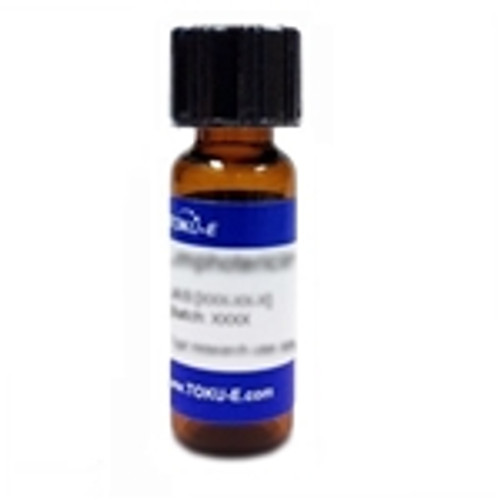Bassianolide is a cyclooctadepsipeptide insecticide isolated from the entomopathogenic fungi, Beauveria bassiana and Verticillium lecanii, first reported by University of Tokyo researchers in 1978. It was found during the course of screening for insecticidal fungal metabolites and isolated from fungal mycelia. Structurally, it is composed of 4 moles each of L-N-methyl-leucine and D-a-hydroxyisovaleric acid. Interestingly, another metabolites derived from B. bassiana include beauvericin, enniantin A and ferricrocin. This suggests that the polyketide synthase genes pks14 and pks15 genes, their proteins, or associated cluster components could be associated with pathways involved in insect pathogenesis of this fungus, like those related to secondary metabolism. Bassianolide is related to the insecticidal and nematocidal actives, PF1022 complex and the synthetic anthelminthic emodepside. Bassianolide is one of the active components of Beauveria bassiana biocontrol products. It is used as a biopesticide to control insect agricultural insect pests. The compound has potential in integrated pest management. Bassianolide can also be used to study the relationship between fungi, insects, and plants.
Bassianolide is soluble in ethanol, methanol, DMF and DMSO.
| Mechanism of Action |
While the mode of action of Bassianolide is not fully resolved, it is thought to act on ion channels at the level of the neuromuscular junction, like emodepside. It disrupts insect cell membranes and leads to cel ll lysis. |
| Spectrum |
Bassianolide targets a range of insects. |
| Insect Biology |
Researchers studied 2 genes (pks14 and pks15) that code for polyketide synthase, and how relate to insect virulence. they overexpressed them in B. bassiana and compared the profiles of overexpression strains to their respective knockout strains in culture and in vivo using tandem liquid chromatography-mass spetrometry (LC-MS/MS). They found crosstalk among the biosynthetic clusters encoding for metabolites (beauvericin, brassianolide, enniatin A, ferricrocin). This can help understand the relationship between the biosynthetic pathways and the pathogenesis mechanisms (Toopaang et al, 2023). |
| Molecular Formula | C48H84N4O12 |
| References |
Harder A et al (2013) Cyclooctadepsipeptides - an anthelminthic active class of compound exhibiting a novel mode of action. Int. J. Antimicrob. Agents 22:318 Kanaoka M et al (1978) Bassianolide, a new insecticidal cyclodepsipeptide from Beauveria bassiana and Verticillium lecanii. Agric. Biol. Chem. 42:629 Suzuki A et al (1977) Bassianolide, a new insecticidal cyclodepsipeptide from Beauveria bassiana and Verticillium lecanii. Tetrahedron Lett. 18 (25):2167-2170 Toopaang W, Panyawicha K, Srisuksam C et al (2023) Metabolomic analysis demonstrates the impacts of polyketide synthases PKS14 and PKS15 on the production of beauvericins, bassianolide, enniantin A and ferricrocin in entomopathogen Beauveria bassiana. Metabolites. 13(3):425 PMID 36984865 |



